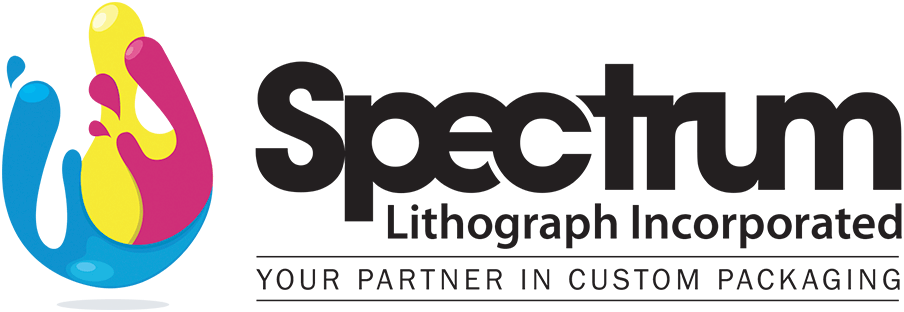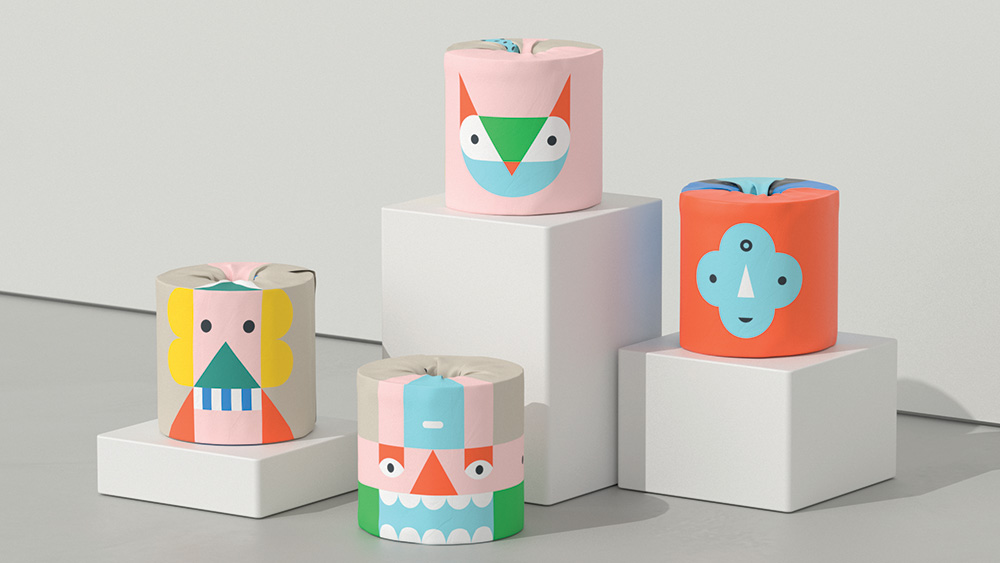When we think of art, our minds often drift to paintings, sculptures, and photographs. However, in the world of commerce and everyday life, there exists a unique canvas that blends creativity with functionality: packaging. The evolution of packaging design has turned it into a sophisticated form of art, where creativity knows no bounds and where the practical meets the aesthetic.
The Evolution of Packaging Design
Historically, packaging was purely utilitarian, serving the primary purpose of protecting goods during transport and storage. The design was secondary to functionality, often simple and uninspired. As consumer culture grew and competition in the market intensified, companies began to realize the potential of packaging as a powerful marketing tool.
Today, packaging is much more than a protective shell. It has become an integral part of a product’s identity, often influencing purchasing decisions. Companies invest significant resources into designing packaging that not only stands out on the shelves but also tells a story, evokes emotions, and builds a connection with consumers.
The Intersection of Art and Functionality
The best packaging designs seamlessly blend art and functionality. This intersection is where creativity thrives, leading to innovative solutions that are both beautiful and practical.
- Visual Appeal: Attractive packaging draws attention. Bold colors, unique shapes, and intricate details can make a product stand out in a crowded marketplace. For instance, the minimalist design of Apple’s packaging, with its clean lines and crisp colors, reflects the company’s ethos of simplicity and elegance.
- Storytelling: Packaging can be a storyteller, conveying a brand’s values, history, and vision. Consider the whimsical, illustrative designs of Innocent Drinks, which not only appeal to the eye but also communicate the brand’s playful and ethical personality.
- User Experience: Good design enhances the user experience, making products easier and more enjoyable to use. The ease of opening, resealing, or even the tactile feel of the packaging can significantly impact consumer satisfaction. A prime example is Coca-Cola’s contour bottle, which is ergonomically designed to fit perfectly in hand and instantly recognizable by touch.
- Sustainability: In today’s eco-conscious world, sustainable packaging is a critical aspect of design. Brands are increasingly using eco-friendly materials and innovative designs to reduce environmental impact. Companies like Lush, which uses minimal packaging and recyclable materials, demonstrate how sustainability can be artfully integrated into design.
Iconic Examples of Packaging Art
Some packaging designs have become iconic, not only for their creativity but also for their impact on the brand’s success. Here are a few notable examples:
- Tiffany & Co.: The signature blue box with the white ribbon is synonymous with luxury and elegance. The packaging itself has become a symbol of high-end jewelry, creating anticipation and excitement even before the box is opened.
- Absolut Vodka: Absolut’s bottle design, inspired by an 18th-century apothecary bottle, has become a canvas for countless artistic collaborations. Each limited-edition design adds a unique twist while maintaining the brand’s recognizable shape.
- Ben & Jerry’s: The quirky, colorful cartons of Ben & Jerry’s ice cream not only attract attention but also reflect the brand’s fun and socially conscious personality. The playful illustrations and creative flavor names create a sense of joy and indulgence.
The Future of Packaging Design
As technology advances and consumer preferences evolve, the future of packaging design looks promising and exciting. Augmented reality (AR) and interactive packaging are becoming increasingly popular, offering consumers engaging experiences beyond the physical product. Imagine a wine bottle that, when scanned with a smartphone, reveals the vineyard’s history and a virtual tour.
Moreover, the push towards sustainability will continue to drive innovation. Designers are exploring biodegradable materials, reusable packaging, and zero-waste solutions, ensuring that creativity in packaging goes hand-in-hand with environmental responsibility.
Conclusion
Packaging as art is a testament to the boundless creativity and innovation in the design world. It’s a powerful tool that not only protects products but also communicates brand identity, tells stories, and enhances the consumer experience. As we look to the future, the marriage of aesthetics and functionality in packaging design promises to deliver even more groundbreaking and inspiring creations.
In a world where first impressions are everything, packaging truly is an art form that showcases the best of human creativity.

